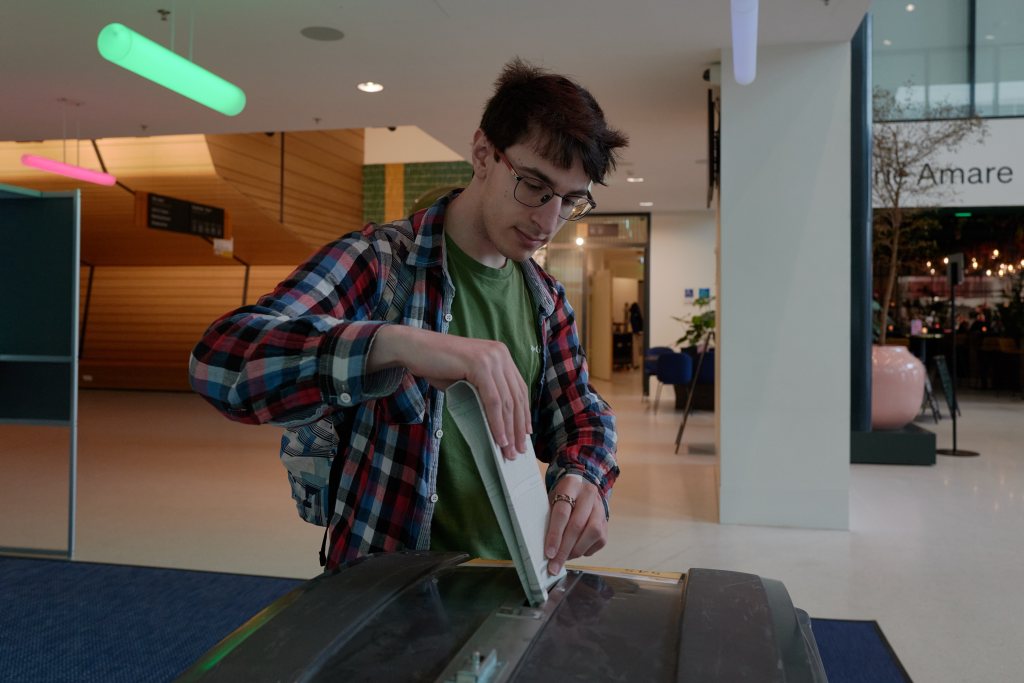Half of the world’s population will go to the polls this year. While the Australian federal election is not until 2025, there is already significant angst about deepfakes fueling misinformation. Adobe has come up with a solution to debunk deepfakes.

78% of Australian and New Zealand respondents to a recent Adobe survey believe misinformation and harmful deepfakes will impact elections. Four out of five want political candidates to be prohibited from using generative AI in promotional content. Even more want to see media literacy taught to children as part of the school curriculum.
Manipulated content is rife online, and trust in the content we consume is sinking.
“Faced with a newly chaotic media landscape made up of generative AI and other heavily manipulated content, alongside authentic real photographs, video, and audio, it is becoming increasingly difficult to know what to trust,” says Andy Parsons, the director of the Content Authenticity Initiative (CAI).
The initiative is tasked with creating industry standards to authenticate media. It was formed by Adobe, the New York Times, and Twitter in 2019. The group published a whitepaper in 2020 recommending that a provenance system be embedded into images. Since then it has developed a more robust set of authentication tools it calls content credentials.
CAI develops Content Credentials
The program has two parts. The first is a free tool available to the public to ‘inspect content.’ An image or video can be uploaded to the site to allow consumers to learn more about the authenticity of the media.
The second is technology that can be placed inside the media by its creator. Adobe likens it to a food ‘nutrition label.’ Its objective is to provide a solution for the 87% of survey respondents who say they want to be equipped with tools to verify if online content is trustworthy.
“Content Credentials are sometimes confusingly described as a type of watermark, but watermarking has a specific meaning in this context and is only one piece in the three-pronged approach represented by Content Credentials,” a statement from CAI reads.
The other two prongs are content fingerprinting and secure metadata. The CAI states that a combination of those two things, plus undetectable watermarks, is the best way to identify provenance for audio, video, and images.
“Content Credentials are a new kind of tamper-evident metadata,” an Adobe statement says.
“Using Content Credentials is an easy way to share content transparently. It can help build credibility and trust with viewers by sharing more information about yourself and your creative process. It can also help prevent the spread of misinformation and disinformation online.”
Social media, legacy media, and tech companies fighting misinformation
Over the last four years, CAI has grown to 3,000 members across the globe. Tiktok signed on as a member this month, joining the Associated Press, BBC, Getty Images, NVIDIA, Microsoft, Google, Sony, the Wall Street Journal, and OpenAI. The Sam Altman-led firm behind ChatGPT became a part of CAI in May, in an effort to ‘protect election integrity,’ according to the company.
“We’re collaborating with governments and stakeholders to prevent abuse, ensure transparency on AI-generated content, and improve access to accurate voting information,” an OpenAI statement reads.
“We’ve introduced a tool for identifying images created by DALL·E 3, joined the steering committee of the Content Authenticity Initiative (C2PA), and incorporated C2PA metadata in DALL·E 3 to help people understand the source of media they find online.”
Also working to increase the public’s understanding of media, is Adobe’s media literacy curriculum. The US focused initiative integrates media literacy into core curriculum lessons on social studies, the arts, and English.
Increasing literacy in all kinds of media
“Media literacy is a key component of addressing mis/disinformation. These curricula, created in collaboration with education experts, are crafted to help students develop critical media and visual literacy skills to better navigate the ever-changing digital information landscape,” Adobe states on its website.
The San Francisco-headquartered technology company also provides education for students in generative AI.
Closer to home, the company is working to train media producers in provenance tools, and educate Australians about manipulated media. Adobe’s research reveals that 45% of ANZ respondents are concerned that generative AI will create innacurate information that will be mistaken as trustworthy.
“If around half of ANZ consumers don’t think they will receive misinformation, there’s more work to be done to raise awareness,” the company says.
Look back on the week that was with hand-picked articles from Australia and around the world. Sign up to the Forbes Australia newsletter here or become a member here.


